With the booming development of the global new energy vehicle market, the core technology of electric vehicles has received increasing attention. Among many key components, the reducer, as an important transmission device connecting the motor and the wheel, has a vital impact on vehicle performance. This article will give you an in-depth understanding of the principles, characteristics and technical development trends of electric vehicle reducers.
01 The role of reducers in electric vehicles
1.1 Basic principles
Traditional fuel vehicles need to use multi-speed gearboxes to match engine speed and vehicle speed, while electric vehicles usually only need a single-stage reducer to meet the needs due to the different working characteristics of the motor. The main function of the reducer is to convert the high-speed, low-torque output of the motor into a low-speed, high-torque output suitable for wheel drive.
1.2 Differences from traditional gearboxes
Compared with traditional gearboxes, electric vehicle reducers have the following characteristics:
Simple structure, usually single-stage or double-stage reduction
No clutch device required
Low maintenance requirements
High transmission efficiency (up to 95% or more)
02 Structural composition of new energy vehicle reducers
Typical new energy vehicle reducers are mainly composed of the following components:
Input shaft: connected to the output end of the motor
Gear set: including driving gears and driven gears to achieve deceleration and torque increase
Differential: distributes torque to the left and right wheels, allowing speed difference
Housing: protects internal components and provides lubrication
Lubrication system: ensures lubrication and cooling of gears and bearings
03 Technical features of new energy vehicle reducers
Technical features of reducers
3.1 High-efficiency design
Electric vehicles are extremely sensitive to energy efficiency, and the transmission efficiency of the reducer directly affects the cruising range. Modern reducers use:
Precision machined helical gear design
Low-viscosity special lubricants
Optimized bearing arrangement
3.2NVH performance optimization
Electric vehicles have no engine noise, and the noise problem of reducers is more prominent. Solutions include:
Gear shaping technology
Application of vibration-damping materials
Housing structure optimization
3.3 Lightweight design
Weight reduction through:
High-strength aluminum alloy housing
Compact structural design
Integrated components (such as integrating motor with reducer)
04 Technical development trend of speed reducer
4.1 Multi-speed reducer
Although single-stage reducer is currently the mainstream, two-speed reducer is emerging to improve high-speed working efficiency, which can bring about 5-7% improvement in endurance.
4.2 Deep integration
“Three-in-one” electric drive system (motor + reducer + controller) has become a trend, which can reduce 30% volume and 25% weight.
4.3 Application of new materials
The application of carbon fiber reinforced composite materials, new alloys, etc. in gears and housings further achieves lightweight.
4.4 Intelligent lubrication system
Adaptive lubrication control based on working conditions optimizes lubrication efficiency and extends component life.
05 Maintenance and care of reducers
Although the maintenance requirements of electric vehicle reducers are low, it is still necessary to pay attention to the following:
Regularly check the lubricating oil status (recommended replacement every 2-4 years)
Pay attention to abnormal noise or vibration
Avoid long-term overload operation
As the core component of the power transmission system of electric vehicles, the development of reducer technology directly affects the performance of the entire vehicle. With the advancement of materials science, manufacturing processes and integration technologies, reducers will develop in a more efficient, compact and intelligent direction in the future, making greater contributions to the performance improvement of new energy vehicles.
Understanding these key technologies will not only help consumers make more informed car purchase choices, but also make us more aware of the exquisite engineering technology behind new energy vehicles. As the industry continues to innovate, the driving experience and energy efficiency of electric vehicles will surely reach new heights.
New energy vehicle reducer: the core component of efficient power transmission
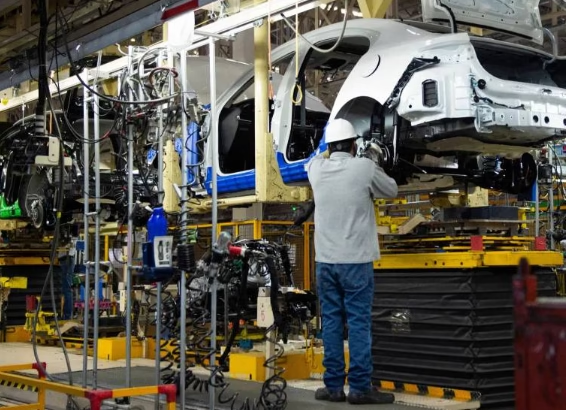


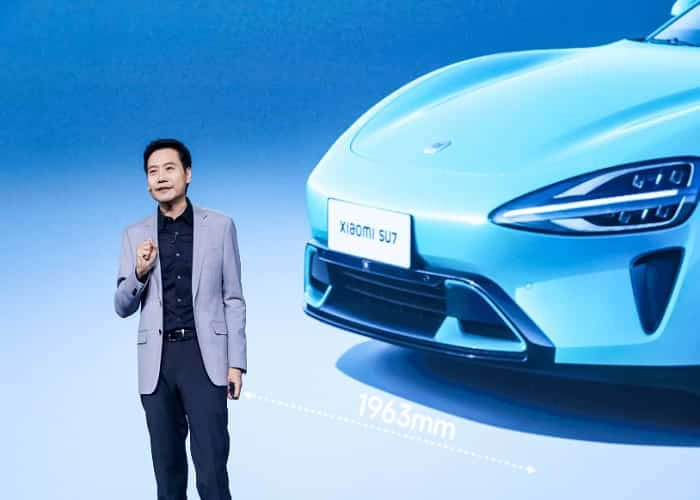
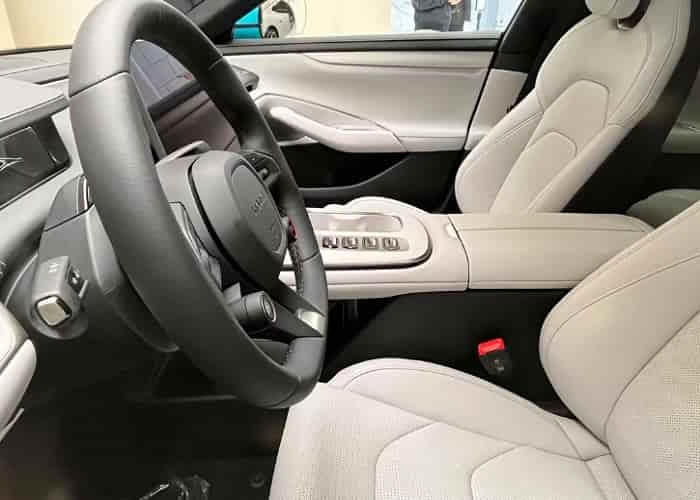


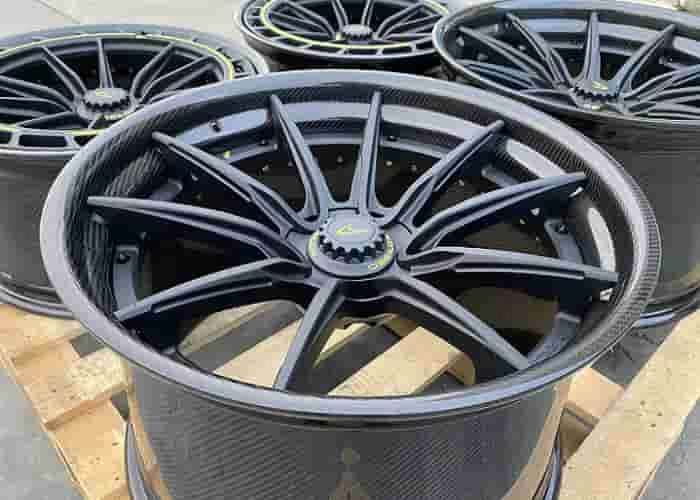

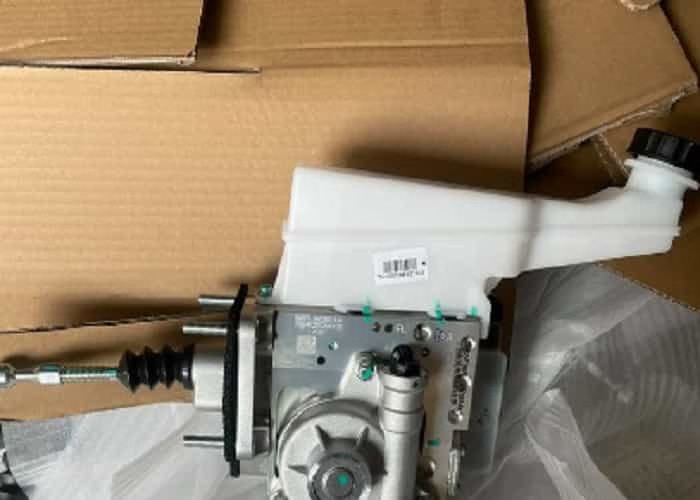
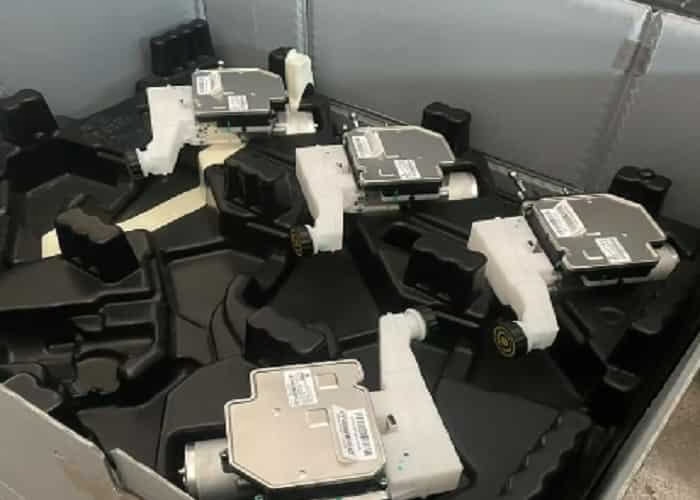
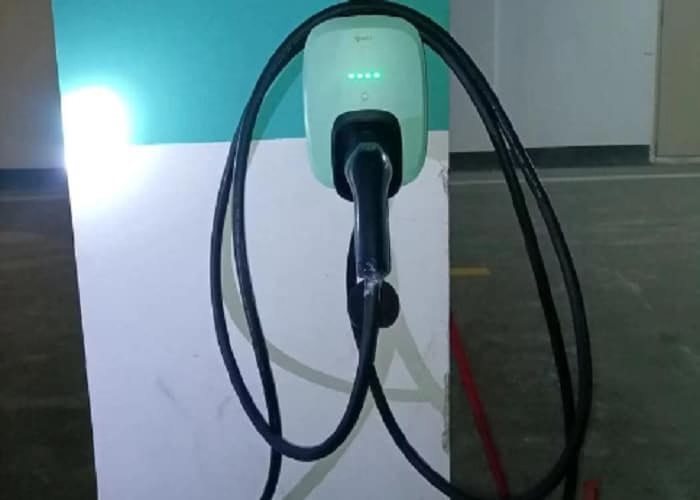



Leave a Reply